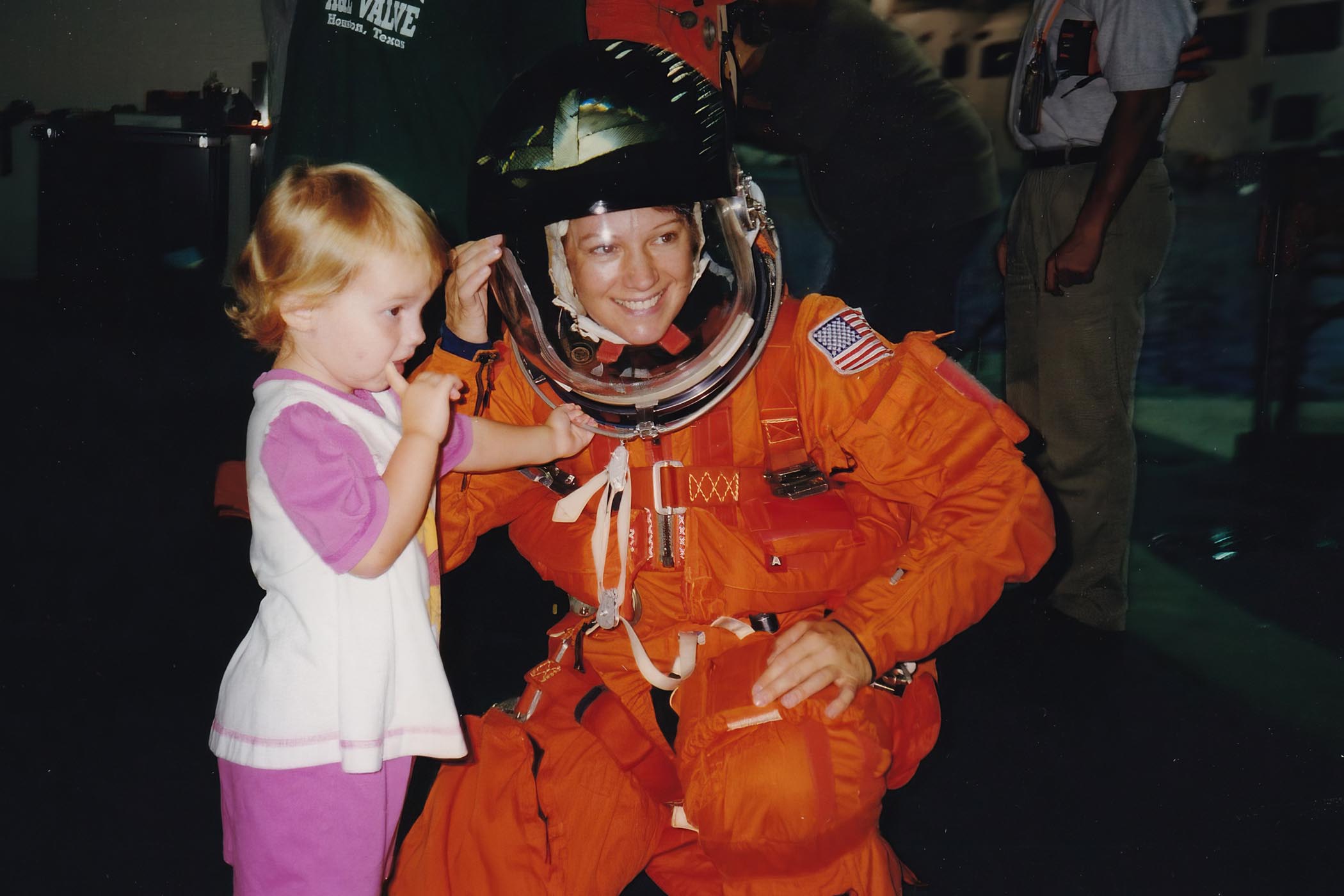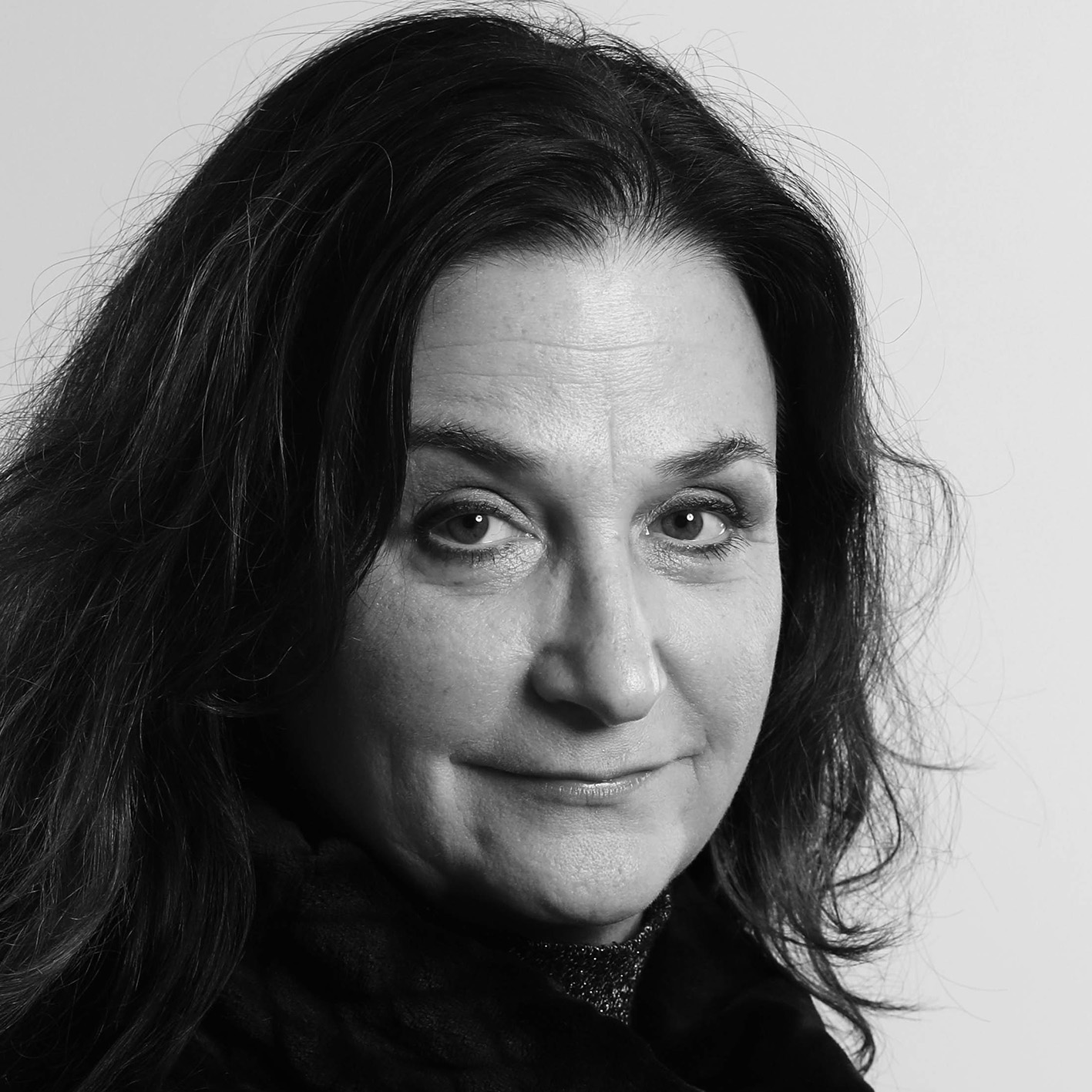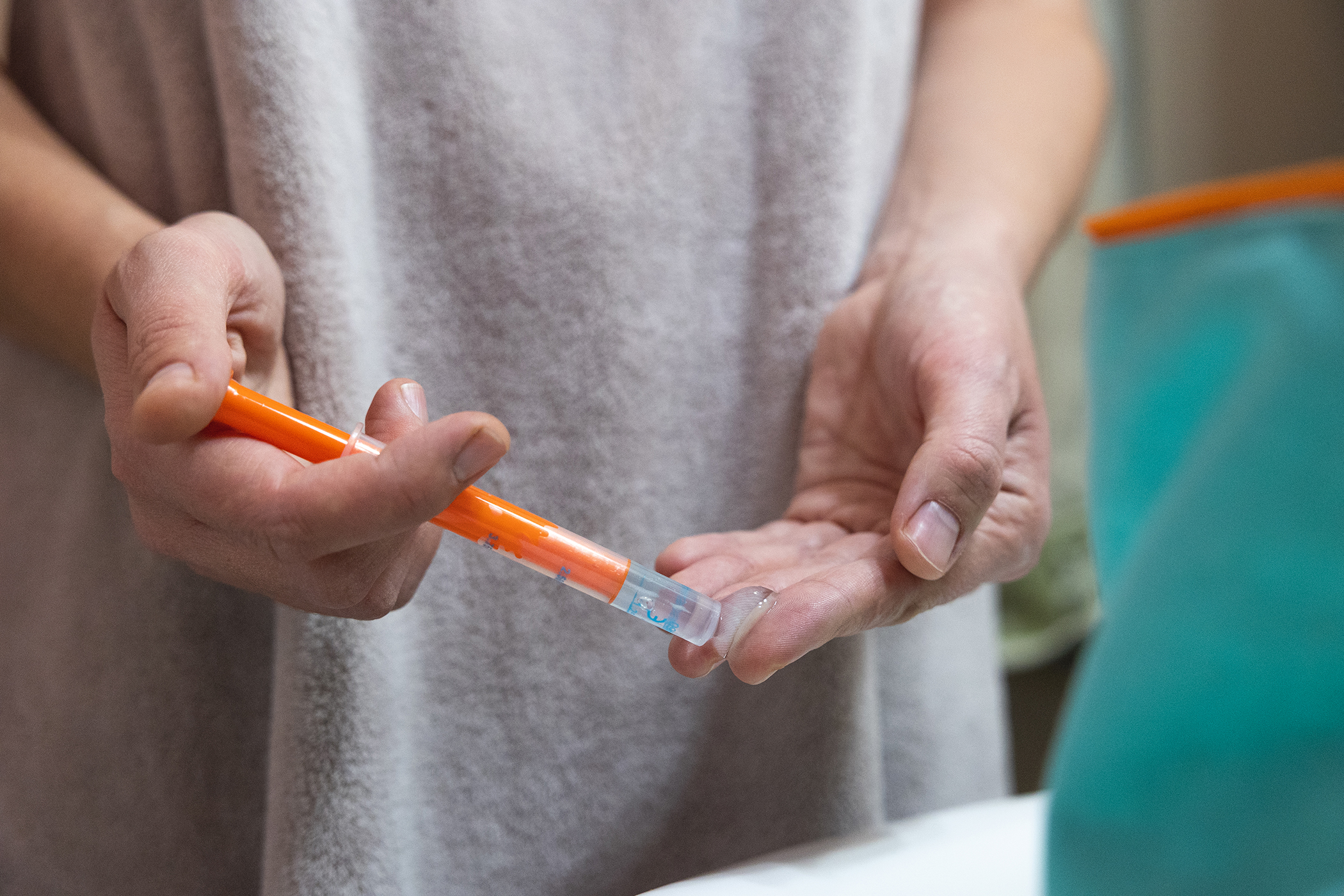A few months after Nasa was directed to drop its diversity and inclusion programmes following Donald Trump’s executive order in March, the agency stopped promoting positive stories about female astronauts online and jettisoned links to two graphic novels encouraging girls and young women to consider a career in space from its website.
But this month the legacy of pioneering female astronauts is being marked in both Britain and America.
Yesterday saw the cinematic release of a documentary about the trailblazing Eileen Collins, the first US woman to pilot and command a spacecraft for Nasa in the mid-1990s, while in London the Science Museum has redisplayed the suit worn by the first Briton in space, Helen Sharman.
The Collins documentary, Spacewoman, is directed by the British film-maker Hannah Berryman and goes into Picturehouse cinemas across the country this week after yesterday’s London premiere. “Eileen Collins’s tale is an incredible story of a girl who grew up without privilege but with the determination to fly, and the ambition to go to space,” said Berryman. “Like many people, I hadn't heard of her when I was approached by the producers of the documentary, but immediately, as I began her book, Through the Glass Ceiling to the Stars, I wondered why.”
Nasa first opened its ranks to female astronauts and astronauts of colour in 1978. That year, more than 1,500 of the 8,000 applicants were women and six of them made it into the group of 35 trainees, including Sally Ride, who went on to become the first American female astronaut. But piloting remained a man’s job at Nasa – until Eileen Collins came along.
Related articles:
“She was lucky to come of age and apply to the programme in 1990, when the air force and Nasa were testing out if women could fly, the way men could fly, which of course they could,” she said. The film also looks at the impact of Collins’s career on her family. Collins has said in retrospect she was unaware of the high level of risk involved for shuttle crew.
In London there is a new chance to contemplate the achievements of our own pioneer, Sharman. Although less widely celebrated than the male British astronauts who have followed, such as Tim Peake, in 1989 she made history when she successfully applied for a UK-Soviet mission called Project Juno after hearing a radio advertisement. After 18 months of intensive training in Star City, near Moscow, she was selected to join the Russian cosmonauts on the Mir space station. The “pressure” suit she wore throughout the launch of her mission in 1991 has just been returned to the Science Museum’s new Space gallery after a complex period of conservation.
“It’s funny how I feel about that suit,” Sharman said. “I like to have a good, close look at it again whenever it’s not on display, but I am not allowed to touch it. Which is kind of weird, because it was right next to my skin and a lot of my sweat went into it during the launch and in the run-up.”
‘The suits become our friends and we know they can save lives during the return to Earth’
Helen Sharman, on her pressure suit now on display in London
The cosmonaut from Sheffield, who spent eight days on the space station, points out that while these emergency pressure suits dominate the public image of a space crew, they are only worn during the launch, then when docking in space and again throughout re-entry to Earth: “They were not the most comfortable thing to wear for walking. They’re better for sitting, but there are ventilation pipes running down the arms and the legs that press into you. They weren’t designed specifically for women.”
After the launch and a couple of hours of safety checks, the Sokol suits are taken off. “Once you know you are safe you can just float out of it and work in your shirt sleeves. But you are wearing it for a long time. The suits become our friends and we know they can save lives during the return to Earth.
“We all thought a lot, of course, about the three astronauts who lost their lives in the Soyuz 11 mission, due to the depressurisation of their spacecraft.”
Now president of the Institute of Science and Technology, UK outreach ambassador for Imperial College London and a Science Museum advisory board member, Sharman is a keen follower of developments in space exploration. And she does, she says, go some way along with Elon Musk’s aim to put humans on another planet. “In the very long term most scientists accept that is the only way we can survive as a species,” she said. “It is really just part and parcel of why we need to invest in future research, though, and not the sole reason, as it will only be needed in many, many generations to come.”
She likens investment in space to a pension plan. “I believe we still need to invest in the blue-sky-thinking stuff, as well as in the medium term and the technology that already works. If we don’t, we won’t have a future.”
The speed of climate change though, she sees as a separate concern: “We have got to fix that. We can’t just wait until we can survive on Mars or something.”
Photograph courtesy of the Collins family



